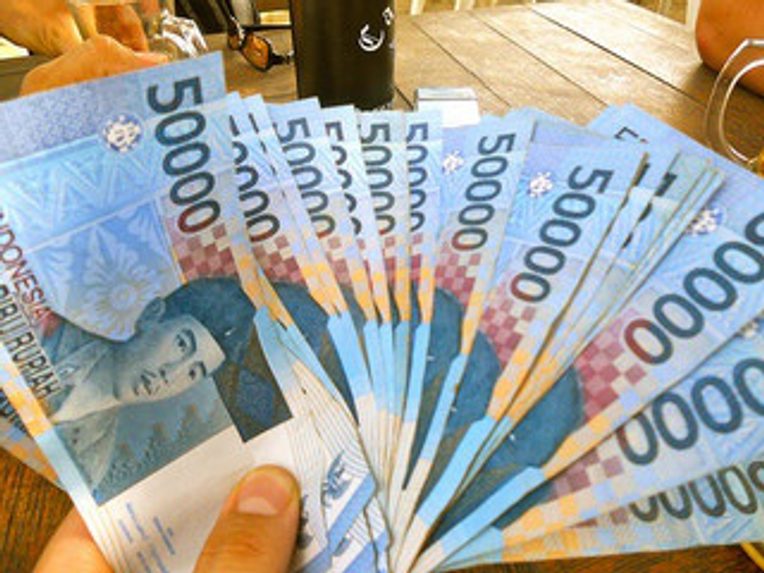This post builds on the research article “The Face of Money: Currency, Crisis, and Remediation in Post-Suharto Indonesia,” which was published in the February 2009 issue of the Society’s peer-reviewed journal, Cultural Anthropology.
Editorial Footnotes
A number of essays on money and currency have appeared over the years in Cultural Anthropology. See, for example, Oren Kosansky's "Tourism, Charity, and Profit: The Movement of Money in Moroccan Jewish Pilgrimage" (2002); Paul K. Eiss' "Hunting for the Virgin: Meat, Money, and Memory in Tetiz, Yucatán" (2002); and Virginia R. Dominguez' "Representing Value and the Value of Representation: A Different Look at Money" (1990).
Cultural Anthropology has published numerous essays on Indonesia. See, for example, Leslie Butt's "'Lipstick Girls' and 'Fallen Women': AIDS and Conspiratorial Thinking in Indonesia" (2005); Celia Lowe's "Making the Monkey: How the Togean Macaque Went from 'New Form' to 'Endemic Species' in Indonesians' Conservation Biology" (2004); Tom Boellstorff's "Playing Back the Nation: Waria, Indonesian Transvestites" (2004); Tania Murray Li's "Compromosing Power: Development, Culture, and Rule in Indonesia" (1999); Webb Keane's "Knowing One's Place: National Language and the Ideas of the Local in Eastern Indonesia" (1997); Danilyn Rutherford's "Of Birds and Gifts: Reviving Tradition on an Indonesian Frontier" (1996); Patricia Spyer's "Diversity with a Difference: Adat and the New Order in Aru" (1996); and Margaret J. Wiener's "Doors of Perception: Power and Representation in Bali" (1995).

Questions for Classroom Discussion
1. How was money "remediated" by protesters during the anti-Suharto uprisings in Indonesia? What role did these remediations play in the uprisings?
2. Can you think of any examples from your experience of the remediation of currency? What was the purpose of these remediations? How did they affect you, and how do you think others understood them?
3. We live in an age of increasingly digital currency, where many transactions are performed without the physical medium of exchange but rather through credit cards, online transactions, bank transfers etc. How might this affect the way that currency is remediated? What role might such digitally remediated currency play in future activist endeavors?